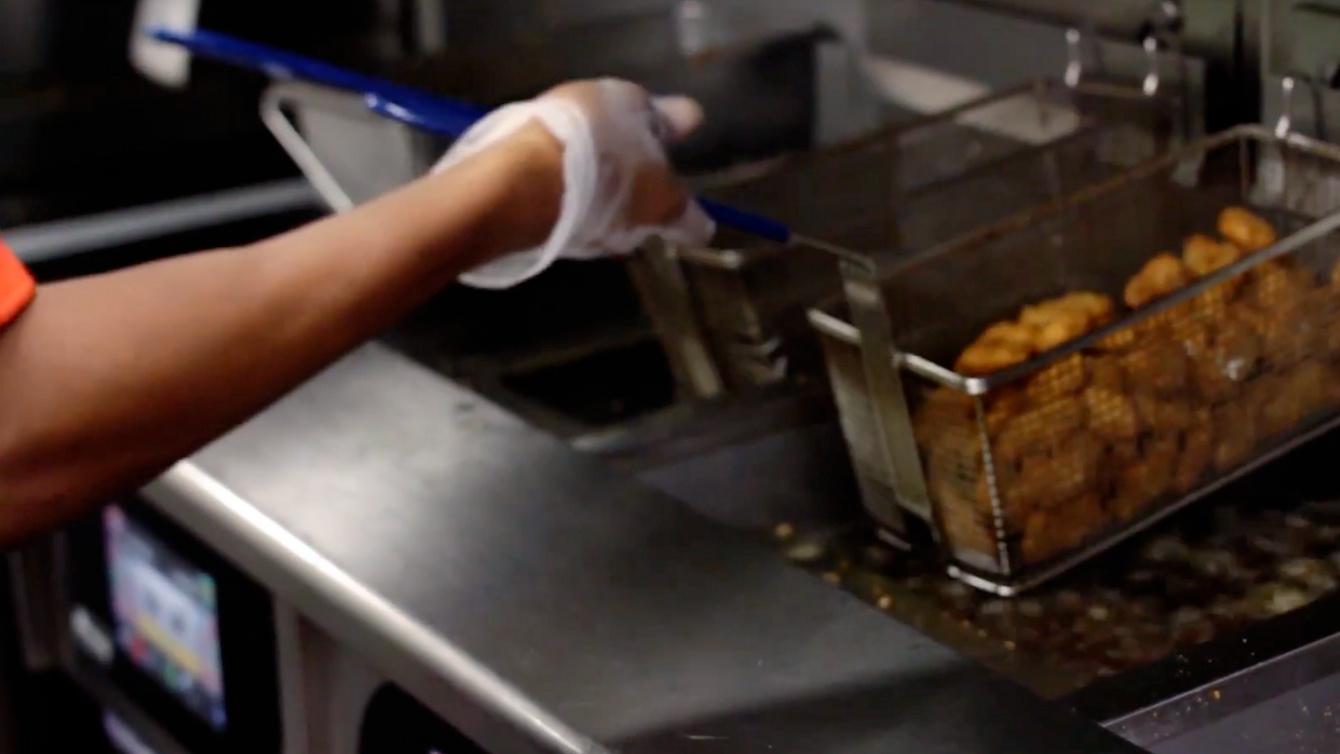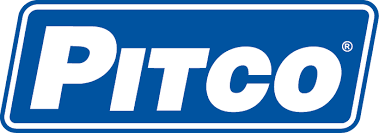10 Safety Tips for Commercial Kitchens

Are you having a difficult time attracting and keeping great employees? If so, you aren’t alone! Labor problems have become a major stumbling block in the foodservice industry.
As hard as it is to keep your commercial kitchen fully staffed, the last thing you want to do is frighten employees away. Unfortunately, that’s exactly what may happen if employees view your kitchen as an accident waiting to happen.
Is Your Kitchen a Scary Place to Work?
Sharp blades, high shelves, open flames, hot liquids, tight spaces, quick movements, and a hectic atmosphere. Does this sound like your commercial kitchen? Making a kitchen full of these potential hazards safer requires commitment. Here’s a combination of 10 safety tips to implement in order to ensure a safe working space in your commercial foodservice operation:
1) Require proper attire.
You may not require kitchen uniforms but neither should you allow baggy pants! Clothes should fit neatly and cover as much skin as is comfortable. Closed-toe shoes with non-slip soles are also an absolute must-have.
2) Train your employees in proper communication.
Unintended collisions can happen in busy kitchens unless your employees communicate effectively with each other. A simple ‘behind’ is often enough to prevent a collision. The dangers from a collision skyrocket when one or the other employee is holding a knife or carrying a pot of boiling hot soup.
3) Provide non-slip mats.
Workers are frequently moving quickly and can easily slip on a wet or greasy floor. Give them safer footing with slip-resistant mats in all hard-working areas. According to Bureau of Labor Statistics, 849 workers (across all industries) died in 2016 as a result of trips, slips, and falls.
4) Install equipment guards.
It’s too easy to forget proper safety in the middle of a rush. Equipment guards can prevent a lingering injury caused by that momentary lack of attention.
5) Provide adequate ventilation.
A kitchen can quickly become too hot and smoky for comfort and safety. The last thing you want is a worker overcome by heat doing a faceplant on the flat top. Breathing smoky air all day can also cause or worsen chronic breathing problems.
6) Listen to your employees’ concerns.
After all, they’re most likely the first to notice potential dangers. If they point out a crack in a shelf, don’t wait for it to fall on someone before you take action. You’ll not only keep your workers safer when you encourage them to report potential hazards, but you’ll also boost morale and give them a reason to want to stick with you.
7) Clean up spills and broken glass promptly.
Clean up all spills immediately, use highly visible warning signs in wet areas, and alert all staff members to the need for extra caution in the area of the spill or breakage. Broken glass or crockery should be cleaned up with a broom and dustpan only. Never by hand!
8) Prevent lacerations and burns.
Keep knives sharp, provide cut resistant gloves and non-slip cutting boards, and train employees in safe cutting techniques. Provide plenty of high-quality oven mitts or potholders and replace them as needed.
9) Avoid electrical hazards.
Check electrical cords regularly for any signs of damage. If you see any, stop using the appliance until the cord is replaced. Also, don’t leave cords in the way and keep electrical appliances and cords well away from liquids.
10) Hold regular fire safety drills.
The kitchen, whether residential or commercial, is the most common site for fires to start. Your staff needs to feel confident that they know what to do in case of a fire. Scheduling a paid training day with your local fire prevention officer can help them gain that confidence. Follow up their training with regular fire drills to make sure they remember what they learned.
Let Workers Know You Care About Their Safety
Workers who know that you are doing all that you can to ensure their safety are more likely to join, and remain on, your team. A safe workspace and caring kitchen manager boosts morale, increases productivity, and reduces the chances of injury. That’s a win-win for everyone!
Topics
- Foods & Trends (71)
- Fryers (56)
- Fried Food (35)
- Oil (35)
- Filtration (24)
- See All Topics

